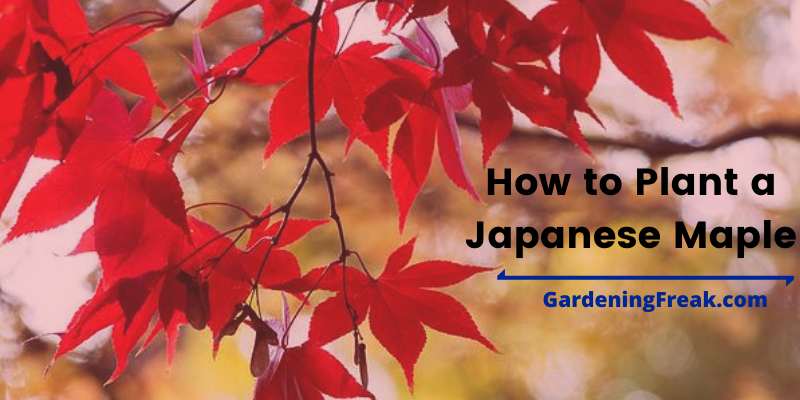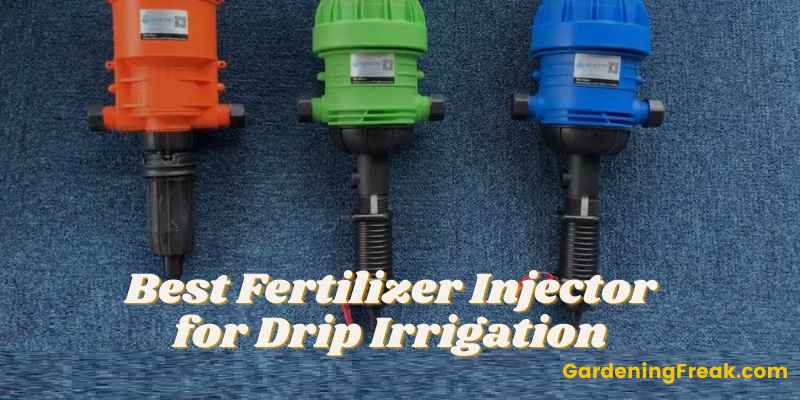Do you want to plant a beautiful and colorful tree to enhance the beauty of your lawn or patio? Then a Japanese maple tree could be an excellent choice for that. Maples are known and liked vastly for their sizes, different colors, beautiful leaves, etc. From about three feet long to thirty feet tall, Japanese maple trees have hundreds of varieties. No matter where you plant them, they will bring an elegant look in that particular place. Today we are going to discuss about how to plant a Japanese maple. So, if you are willing to plant Japanese maple trees, follow the article to find out everything you need to know.
How to Plant a Japanese Maple
If you want to know how to plant a Japanese maple tree, you need to know how to propagate them first. There are two methods to propagate Japanese maples:
- Planting from the seeds
- Planting from cuttings
Method 1 : Growing Japanese Maples from Seed
Planting Japanese maple from seeds is the most common way to plant these trees. Here is a Step by step guide for you:
Step 1: Collect the Seeds
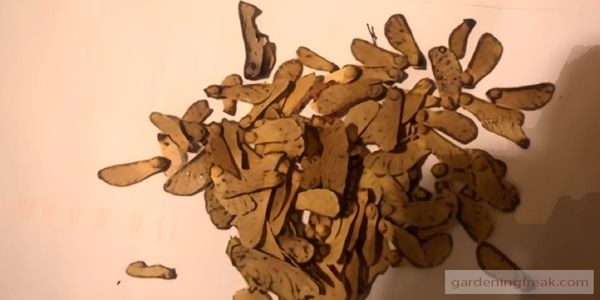
Autumn is the right time to pick up the maple seeds. You can either gather them from the ground as they fall or pick them directly from the trees. But do not get seeds or plant them during summer. Planting them during summer has a lesser possibility of root growth. And usually, spring is the right time to plant Japanese maples.
Step 2: Take off the Wings and Store
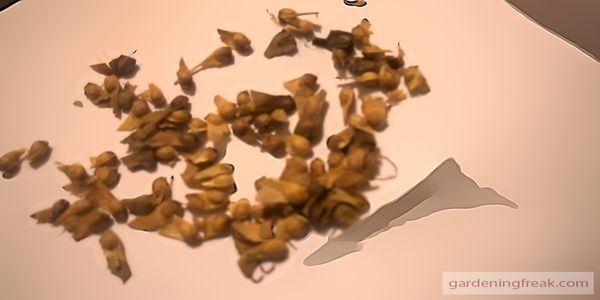
Maple seeds are found inside wings. Kids often call them “helicopters.” Spread the seeds on a table and break the wings one by one. You don’t need the thin wings. So you can discard them. But, keep the part that contains the seed.
Step 3: Put the seed on a plastic bag with peat moss and perlite mixture
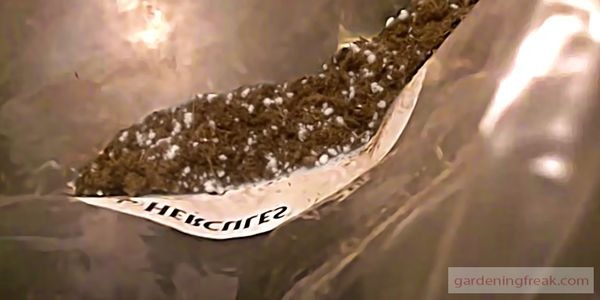
Then put the seeds in a plastic bag with some peat moss and perlite. You can add a small amount of water as well. It will keep the seed from getting too dry. And store the seeds in the fridge for the next three months or throughout the late winter.
Step 4: Plant The Seeds and grow the seedlings
After a few months, the seeds will start germinating. The fresh seeds tend to germinate fast and well. Then plant the seeds in small pots or containers and cover them with soil. It will prevent the fungus from getting in.

Once the seedlings start to grow out, use tweezers to break the shells of the seedlings. It will allow them to grow more freely.
Step 5: Re-pot The Seedlings and Plant Them
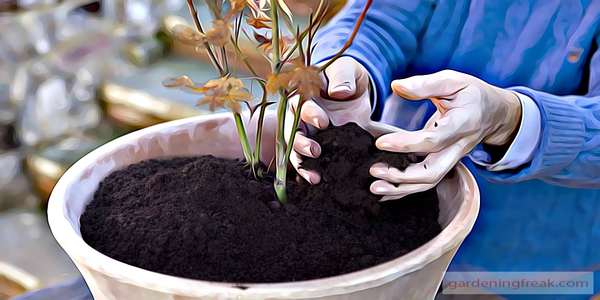
Now it’s time to move them. If the plan is to plant your maple tree indoors or in a pot, carefully take them out with roots and repot them. If you want your maple tree on the ground, plant them in your preferred place. If you prefer planting on the ground, the planting hole has to be at least 2-3 times wider than the root ball. And, the depth should be at least 1 feet. Put the plant gently in the hole before covering it up with native soil. To firm the soil around the root, press the surface soil with your palm.
However, no matter where you plant them, make sure they will not be under the sun for too long. Some maple plants grow well if they get enough morning sun while some grow well in the afternoon sun.
Step 6: Let It Grow
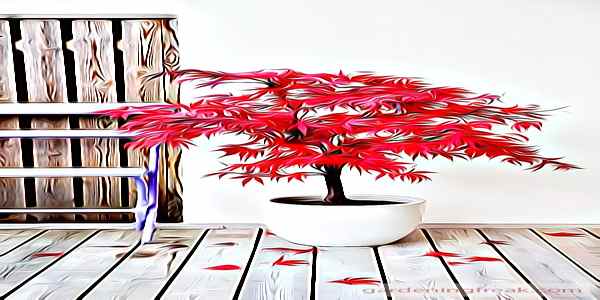
After a few months, you will see the differences between your maple plants. The leaves will grow along with the tree, and the color will start to change. And stake the growing trees if necessary. It will prevent the tree from bending. Water them and put small amount of fertilizer time to time.
Method 2: How to Grow Japanese Maples From Cutting
You can grow maple trees using the pruned branches instead of throwing them away. So, here is a step by step guide for growing Japanese maples from cutting:
Step One : Collect the Branches

While pruning, collect some newly grown fresh green branches. Summer is the right time to prune, and you would get plenty of green branches at that time. Collect new shoots that have grown over the last 2-3 months, measuring 6-8 inches.
Step two: Cut the Branches

Using bypass shears, cut the lower branch leaves, leaving at least two-three leaves. Sometimes you may find branches that are hard to root. Try to cut them carefully.
Step three: Revitalize
Using revitalization allows the plants to keep healthy. Before you plant the trees, dip the branches in a mixture of revitalization and water for 1 or 2 days.
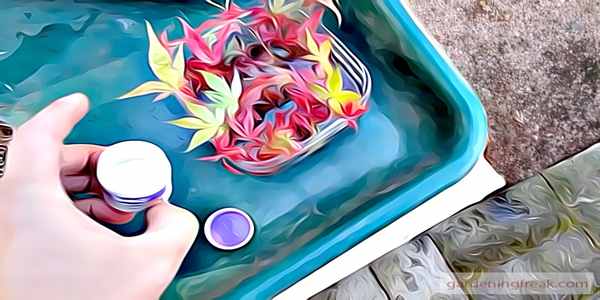
The ratio of revitalization and water should be 1:100. That means you need to use only a little bit of revitalization liquid. If you don’t have any liquid, use water only.
Step four : Prepare container and Soil
Get yourself containers with a good drainage system. And, since the branches need to be planted deeply, the container needs to be strong enough. Fill the container with soil.
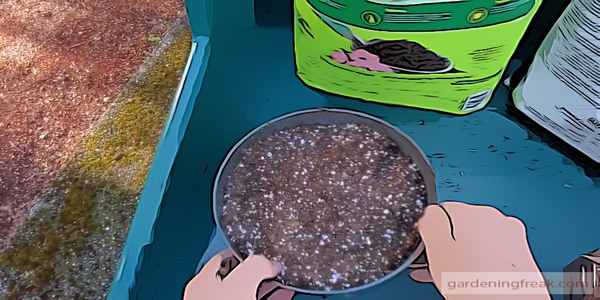
You do not need to use rich soil to plant your maple branches. However, peat moss or bark spotting works as well. Soak the soil with water and make sure they drain away correctly.
Step Five: Dip it in Rooting Hormone Powder and Plant the Branches
Next, dip the end of the branches in rooting hormone powder. And then, plant them one by one in the container.

Plant them deep enough so that they won’t move because if the branches move, they might not root. And keep the soil moist but away from direct sunlight. Take proper care for about a year, and you will notice the root growth beneath the branches.
Japanese Maple Fertilizer:
Almost every plant needs to be fertilized. However, Japanese maple trees do not require much fertilizer. You cannot use fertilizer on your maple plant when it is still young and freshly growing.Using organic matter also helps to grow healthy tree. And, wait until the second growing season or about 1 or 2 years to apply fertilizer. By then, the trees will be well adapted to their surroundings.It would be best if you were extra careful in this case. At first, put a small amount of fertilizer to achieve low-level fertility. Applying a high level of nitrogen or too much fertilizer can damage the plant.
Pro Tip: You will need to use a slow release fertilizer.
Do not just scatter them on the soil around the tree. It would be best if you spread them around the tree. If the soil drains water quickly, dig a few holes around the root measuring 5-6 inches, and put fertilizer inside.
Best Soil for Japanese Maples in Container
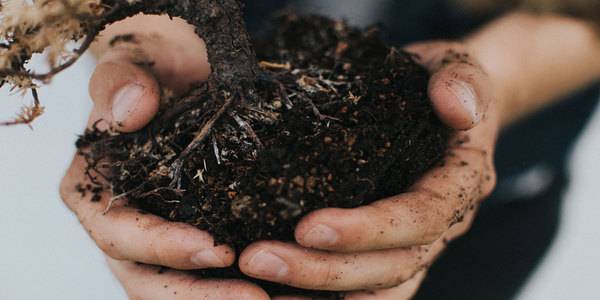
If you are going to plant a Japanese maple tree in a container, the most important thing to keep in mind is that the soil must be accurate. Native soil can be used to plant these trees but it has to absorbe water well. To grow maple trees in a container requires well drained soil. The soil needs to be moist enough, not wet. The soil pH needs to be between 5.5 to 6.5. Acidic soil that has high air content is more suitable for Japanese maples. Sandy soil also works for such trees as they let the roots grow well enough to hold the tree firmly to the ground.But DO NOT container without holes because they prevent the water from draining correctly. You can also use organic matter if you are planting on clay soil or if the soil is too sandy.
Types of Japanese Maples
Determining from their features, here are the three types of Japanese maples:
Acer palmatum:
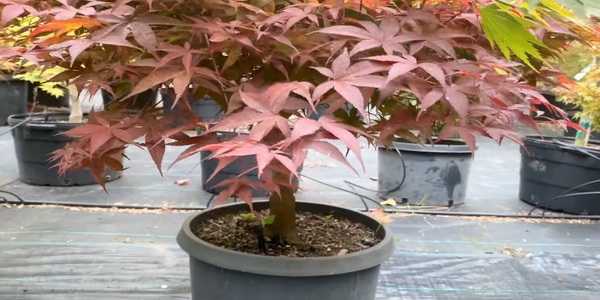
This type is the commonly seen Japanese maple. They grow well in zone 5-8. And these trees grow about 10 to 25 feet tall.
Depending on its variety, the crown also spreads about 10-25 feet. These trees need to be watered moderately.
Acer japonicum

Trees of this type are of zone 5-7. If moderately watered, dwarf or Acer japonicum grows 8 to 10 feet while the larger ones grow 20 to 30 feet tall. From full sun to afternoon shade, they can be grown almost anywhere.
Acer shirasawanum

These are also zone 5-7 trees. The Acer shirasawanum usually grows 15-20 feet tall. The tree also spreads 15 to 20 feet as it matures.
They grow in both full sun to medium shade. And it requires a medium level of watering.
Japanese Maples Care And Pruning
If you are looking for a plant that requires minimum care, what else can be better than a Japanese maple?
Water
Japanese maples require minimum watering. The soil has to be moist, not overflowed with water. In the beginning, you will need to water the plants twice a week.But, you will require to water them less as they grow. If the soil remains over wet for too long, it might cause the root rot in your maple trees.
Soil
If you are planting the trees in heavy clay soil, you should amend it with organic matters. It will reduce the water from overflowing the soil or sand. As discussed already, Japanese maples grow slow and healthy in sandy or lightweight soil.
Shade from Sun and Wind
The scorching summer heat is not suitable for maple plants as they will be young and sensitive. They should be planted in a shady location. At the same time, maple trees, especially the leaves, are fragile. Strong winds will blow them away easily. Do not plant them in wide-open places.
Pruning
Pruning means trimming the excessive areas of the trees. This practice for maple trees have benefits of their own. While pruning might not be an essential thing to do, it can help the tree grow well. Occasionally, you will have to cut and shape the tree to let it grow properly.
Frequently Asked Questions
Here are some of the frequently asked questions:
Where should you plant a Japanese maple tree?
It would help if you did not plant a Japanese maple tree in a place where it will get direct sunlight for too long. The midday heat is not suitable for these trees. Enduring such heat almost every day, especially in the summer, will only damage the tree. On the other hand, if you are planning to plant your maple tree inside a greenhouse make sure to control the humidity. Excessive humidity or a too dry environment can damage the plant.
Lastly, if you are planting it around your house, the north and east sides would be a suitable place. And, if you prune the trees regularly, there is a lesser possibility of damaging the trees.
Can I plant Japanese maple trees in full sun?
Yes, you can. However, it is better if you don’t. Dappled shade or afternoon sun would do a relatively good job to help them grow than full sun.
And, young maple trees are delicate. Besides, the surrounding soil of the tree has to be moist. So, planting the tree in a place where there will be both sun and shade is better.
How to prune a Japanese maple?
Prune the areas that are decaying or growing in the wrong directions. And, pruning branches around roots allows the tree to look more beautiful once you are done. Try to prune trees around summer or winter to have better access to the deeper branches.
How to transplant a Japanese maple?
Transplanting a Japanese maple tree can sometimes be challenging, especially if it’s a fully grown tree. Smaller trees have a small root system, and larger ones have extensive roots. You have to pull the tree out without damaging it.The rule to transplant a Japanese maple is simple. Dig wide enough so that it will be as wide as the tree’s crown because the roots of Japanese maple trees usually grow outwards. So dig it out carefully.
Tip: You should blurp the root ball if the transplant is to take a longer time.
Conclusion
The Japanese maple trees have become a thing of interest to many people. Whether you plant it by purchasing or from seed or from cutting, a maple tree can enhance the beauty of your home or yard. As a result, people tend to learn how to plant a Japanese maple. And hopefully, our article answered all your questions. You will need to be a little patient since growing these trees takes time. Planting such a small tree does not require much attention. You only need to do a few things occasionally. In the end, taking care of those small things can help you get the best of it.

